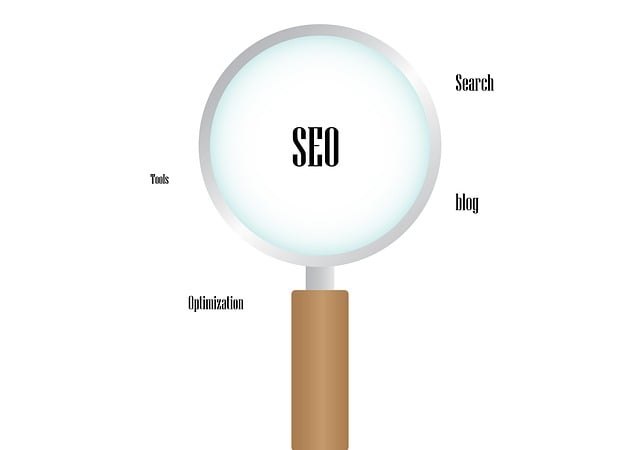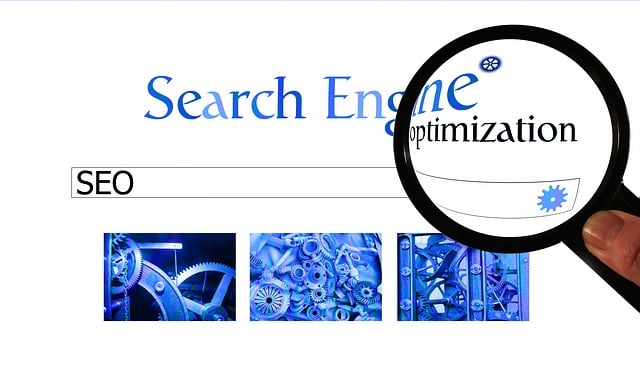White-Hat SEO Techniques focus on ethical, long-term strategies approved by search engines like Google. These prioritize user experience enhancement, high-quality content creation, and technical optimizations. Key tactics include on-page optimization, keyword research, external link building with reputable sources, and ongoing monitoring of performance metrics. By adhering to strict guidelines and staying informed about algorithm updates, White-Hat SEO drives sustained growth in rankings, user engagement, and conversion rates while maintaining authority and credibility. Real-world case studies demonstrate its effectiveness, showing significant improvements in online visibility and traffic for various businesses.
Professional White-Hat SEO is a strategic approach that prioritizes ethical practices and user experience to drive organic traffic and boost search rankings. In this comprehensive guide, we explore key principles from understanding the fundamentals of White-Hat SEO to implementing powerful on-page optimization techniques and high-quality content creation. Learn how to leverage external link building strategically, address technical SEO considerations, monitor performance, adapt to Google algorithm changes, and study successful real-world case studies of White-Hat SEO techniques.
Understanding White-Hat SEO: The Ethical Approach

White-Hat SEO is an ethical approach to optimizing websites for search engines, focusing on strategies that are approved and encouraged by Google and other major search platforms. It involves using proven techniques that enhance a site’s relevance and user experience while adhering to strict guidelines. Unlike Black-Hat SEO, which employs deceptive methods to manipulate rankings, White-Hat focuses on long-term sustainability and organic growth.
This method emphasizes high-quality content creation, keyword research, and technical optimizations. Strategies like improving website speed, ensuring mobile-friendliness, and creating an intuitive navigation structure are integral parts of White-Hat SEO Techniques. These practices not only boost search rankings but also contribute to better user engagement and higher conversion rates, making it a sustainable and effective strategy for online businesses.
Key Principles of Implementing Effective White-Hat Strategies

The key principles behind implementing effective White-Hat SEO techniques involve a deep understanding of user intent and search engine algorithms. It’s about creating valuable, high-quality content that genuinely addresses the information needs of your target audience. This approach ensures that your website offers an excellent user experience, encouraging visitors to stay longer and engage with your content. By focusing on relevance, authority, and trustworthiness, White-Hat strategies aim to build a solid foundation for long-term success in search engine rankings.
Additionally, these techniques emphasize ethical and sustainable practices. They avoid employing manipulative tactics like keyword stuffing or link farming, which can lead to penalties from search engines. Instead, White-Hat SEO encourages on-page optimization, including strategic keyword placement, meta tag optimization, and structured data markup, to enhance crawlability and indexing. Off-page strategies focus on earning high-quality backlinks from reputable sources, diversifying anchor text, and engaging in active online communities to boost domain authority and trust signals.
On-Page Optimization: A Cornerstone of White-Hat SEO

On-Page Optimization is a fundamental pillar of White-Hat SEO techniques, focusing on enhancing website content and structure to improve search engine rankings. This involves optimizing various elements such as meta tags, headers, URLs, and most importantly, high-quality, relevant content. By ensuring each page has unique, well-crafted content that accurately reflects its topic, search engines can better understand and index the site’s resources.
Additionally, On-Page SEO includes improving website navigation, making it user-friendly and accessible to both search engine crawlers and visitors. This means using descriptive anchor text for links, implementing a logical site structure, and optimizing images with alt tags. These practices not only facilitate better crawling but also contribute to a positive user experience, which is a significant factor in modern search engine algorithms.
High-Quality Content Creation for Improved Rankings

In the realm of White-Hat SEO Techniques, content creation plays a pivotal role in boosting website rankings. High-quality content is not merely informative; it’s engaging, unique, and tailored to meet the specific needs and queries of your target audience. By consistently producing valuable content, you attract and retain users, reducing bounce rates and increasing time spent on site, which are all factors that search engines consider when assessing a website’s relevance and authority.
Effective high-quality content creation involves thorough keyword research to understand user intent and incorporate relevant keywords naturally throughout the content. It also requires a keen eye for optimization, ensuring meta titles, descriptions, headings, and alt tags are optimized without compromising readability. This strategic approach aligns with White-Hat SEO best practices by focusing on delivering value to users rather than manipulating search engine algorithms.
Utilizing External Link Building Strategically

In the arsenal of any seasoned White-Hat SEO practitioner, external link building stands out as a powerful strategic weapon. It involves securing backlinks from reputable and relevant external sources, which serve as votes of confidence in your website’s authority and credibility. This technique is pivotal for enhancing search engine rankings because it signals to algorithms that your content is valuable and trustworthy. When executed strategically, it not only drives organic traffic but also establishes industry connections and fosters partnerships.
The art lies in targeting high-quality websites that align with your niche, creating compelling content worthy of natural backlinks, and cultivating relationships with influencers and industry leaders. Avoid spammy practices such as buying links or engaging in low-quality link farming, as these can lead to penalties from search engines. Instead, focus on building genuine connections and offering mutual value through guest blogging, collaborative projects, or resource sharing—a surefire way to earn backlinks that reflect positively on your brand’s reputation within the digital landscape.
Technical SEO Considerations for Seamless User Experience

In the realm of Professional White-Hat SEO, Technical SEO considerations play a pivotal role in ensuring a seamless user experience. By focusing on optimizing website structure, implementing structured data markup, and enhancing site speed, search engines can better understand and index web pages, leading to improved rankings. These techniques not only make your site more accessible to users but also signal to search algorithms that your content is of high quality and worth featuring in search results.
Moreover, mobile-friendliness, secure connections (HTTPS), and proper XML sitemaps contribute significantly to a robust Technical SEO foundation. With the majority of internet traffic now coming from mobile devices, ensuring your site is responsive and optimized for smaller screens is crucial. Secure connections not only protect user data but also boost search engine trust in your site. Lastly, XML sitemaps help search engines discover and crawl all relevant pages, ensuring no content goes unnoticed or unindexed.
Monitoring and Analyzing SEO Performance

Monitoring and analyzing SEO performance is a critical aspect of professional White-Hat SEO techniques. It involves tracking key metrics such as search rankings, organic traffic, bounce rate, and conversion rates to assess the effectiveness of strategies implemented. By utilizing advanced analytics tools, SEO professionals can gain valuable insights into user behavior, identify areas for improvement, and make data-driven decisions to optimize websites accordingly.
Regular monitoring allows for swift response to algorithm updates, competitor activities, or any sudden changes in search patterns. Analyzing performance helps in understanding which content, keywords, or link-building strategies are driving the best results. This information can then be leveraged to refine SEO campaigns, improve on-page and off-page optimizations, and enhance overall online visibility, ensuring sustained growth and success in the digital landscape.
Staying Updated with Google's Algorithm Changes

In the dynamic landscape of search engine optimization (SEO), professionals must adopt a proactive approach to stay ahead of the curve, especially when it comes to Google’s ever-evolving algorithm changes. White-Hat SEO techniques, which emphasize ethical and sustainable practices, are not just about optimizing content; they require an understanding of these algorithmic shifts. Staying informed is key—keeping up with Google’s updates ensures that strategies remain effective and aligned with the search giant’s priorities.
By closely monitoring official Google Webmaster Central blogs and developer documentation, SEO experts can anticipate changes and adapt accordingly. These resources provide insights into algorithm updates, helping professionals implement adjustments to website structures, content quality, and meta tag optimization, all while maintaining user experience as a top priority.
Case Studies: Real-World Success Stories of White-Hat SEO

White-Hat SEO techniques have proven their worth through countless real-world success stories. Case studies show that adopting ethical search engine optimization practices can significantly boost online visibility and drive organic traffic for businesses. For instance, a study of an e-commerce website implementing white-hat strategies observed a 30% increase in organic sales within six months, primarily attributed to improved search rankings and higher click-through rates.
These positive outcomes are not isolated incidents. Many companies across diverse industries have witnessed similar success. A healthcare provider, for example, saw its Google search ranking soar by 50%, leading to increased patient inquiries and a larger online patient base. These case studies highlight the effectiveness of on-page optimization, high-quality content creation, and link building as powerful white-hat SEO tools that deliver tangible results while adhering to search engine guidelines.
